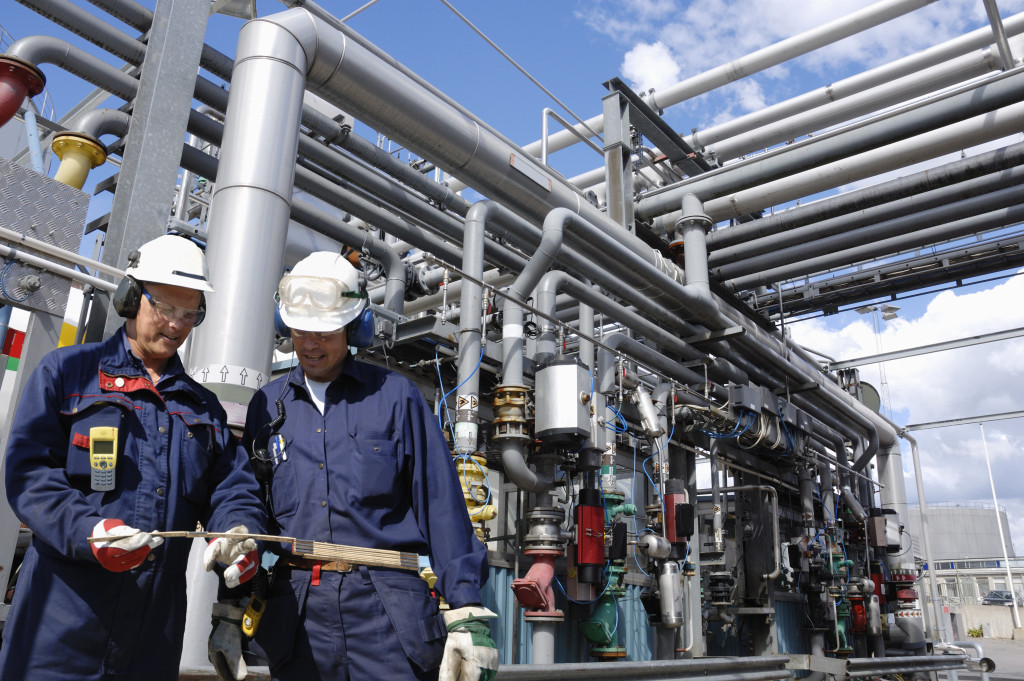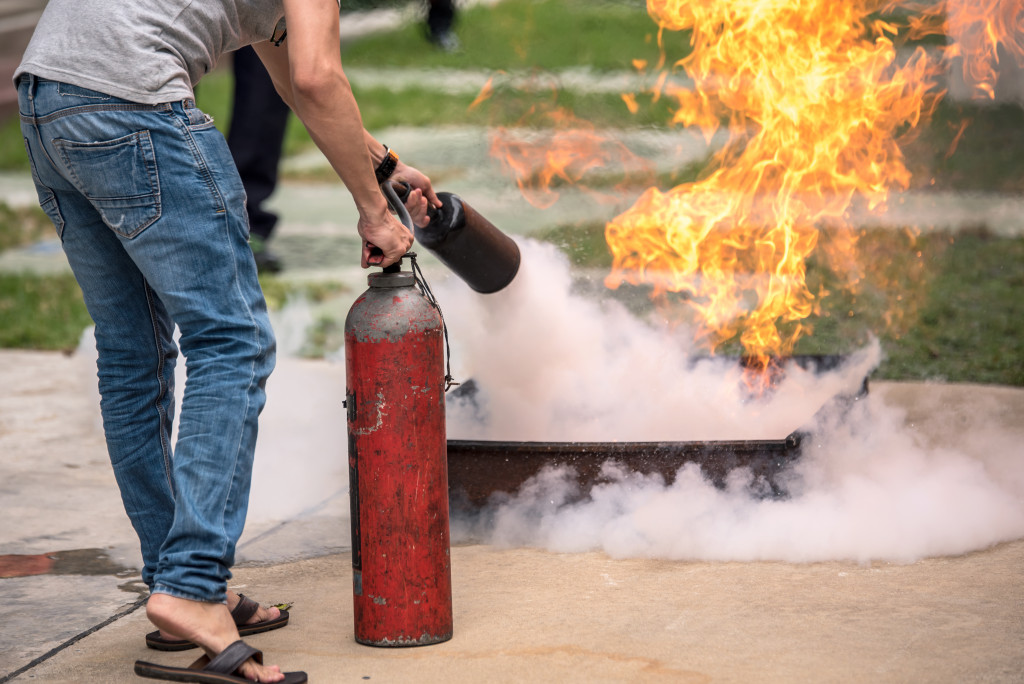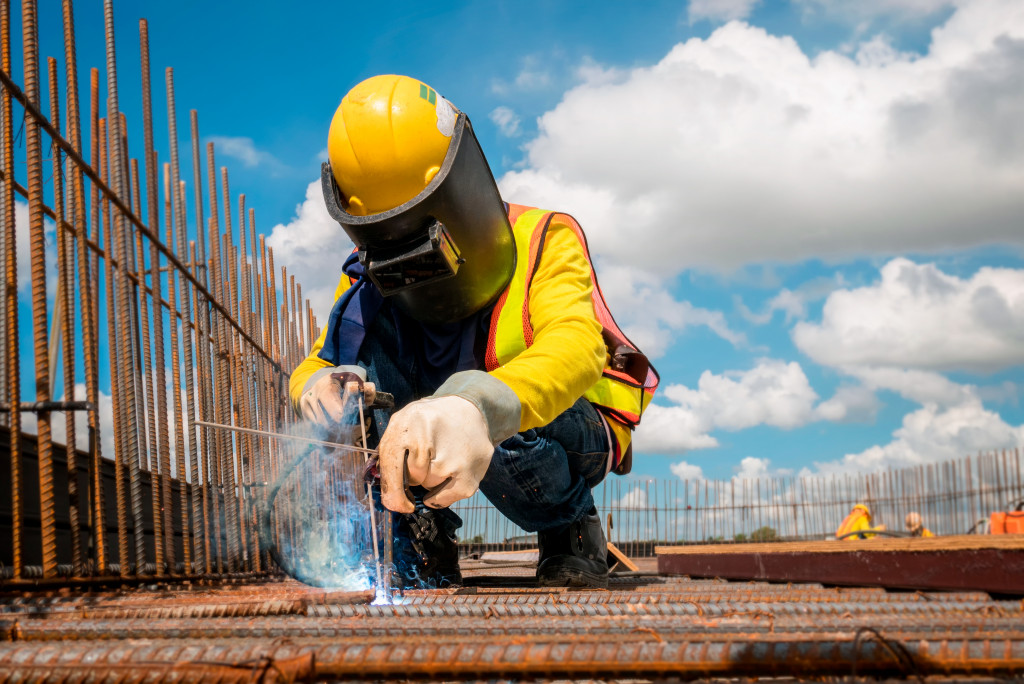- Basic medical skills, including CPR, first aid, AED use, and choking response, are critical for workplace safety.
- Hazard Communication helps workers understand and navigate chemical risks in labor-intensive fields.
- Lockout/Tagout procedures ensure safety by preventing unexpected energy releases from machinery and equipment.
- Fall protection and fire safety skills are essential for reducing risks in industries like construction and manufacturing.
If you are one of those individuals planning to engage in labor-intensive careers, you must be aware of the risks and hazards associated with working in such fields. Whether you are working in construction, manufacturing, or any other labor-intensive industry, you need to be equipped with essential skills to ensure your safety and that of your co-workers. This blog will discuss some essential skills you must learn to keep yourself and others safe.
Basic Medical Skills
Working in labor-intensive careers puts you at risk of accidents and injuries. In an emergency, it is crucial to have basic medical skills that can help you provide immediate aid before professional help arrives. These skills may include the following four:
CPR
CPR (Cardiopulmonary Resuscitation) is a life-saving technique that can help in case of cardiac arrest or other medical emergencies. It involves chest compressions and rescue breathing to maintain blood circulation and oxygenation in the body.
Knowing CPR can make a significant difference in saving someone’s life during an emergency. It is recommended to get certified in CPR and renew your certification regularly. So, take a CPR training course and learn the proper techniques from a qualified instructor.
First Aid
Knowing the basics of first aid can help you address minor injuries or illnesses on the spot. This may include treating cuts, bruises, burns, sprains, and strains. A first aid kit with essential supplies should be readily available at all times in labor-intensive workplaces. It is also essential to know when professional medical help is required and how to call for it.
AED
An automated external defibrillator (AED) is a portable device that can be used to deliver an electric shock to the heart in case of cardiac arrest. Knowing how to use an AED can save precious time in case of an emergency. Make sure you are trained in using an AED and have access to one at your workplace.
Choking
Choking can occur due to various reasons, such as swallowing large chunks of food or objects getting stuck in the throat. Knowing how to perform the Heimlich maneuver (abdominal thrusts) can help dislodge any obstructions and allow breathing until medical help arrives.
Knowing these basic medical skills could make a significant difference in saving someone’s life. These skills should be regularly refreshed and updated to handle any medical emergency effectively.
Hazard Communication

Hazard Communication is a critical skill that employees working in labor-intensive fields, such as manufacturing, construction, and oil and gas, need to learn. HAZCOM is a system used to inform workers about hazardous chemicals and materials that they may come into contact with while working. It’s crucial to understand the labels and safety data sheets of hazardous materials, as well as the precautions you need to take when dealing with them.
Lockout/Tagout
Lockout/Tagout is an essential practice that is used to prevent accidents caused by the unexpected release of hazardous energy. This procedure is relevant for employees who work with machinery and equipment, such as those in manufacturing and construction fields.
LOTO is a procedure that involves isolating and securing energy sources that could cause harm in the event of an unexpected release. Employees can ensure their safety when working with machinery and equipment by learning this skill.
Fall Protection
Fall protection is vital for employees working in construction and other industries that require working at height. Employers should teach their workers how to use fall protection equipment correctly.
Additionally, employees should understand the hazards associated with working at height and how to avoid them. This skill will minimize risks associated with accidents caused by falls, which are some of the most common accidents in labor-intensive fields.
Fire Safety

Fire safety is crucial for employees who work with combustible materials, such as oil and gas, manufacturing, or construction industries. Employers should provide their workers with training on how to prevent fires and use fire extinguishers properly. Employees need to understand fire hazards and know how to prevent them from starting. By learning this skill, employees can ensure their safety and that of their co-workers.
Working in labor-intensive fields can be fraught with potential risks and hazards. However, these risks can be minimized through proper training, awareness, and the cultivation of essential skills. From basic medical skills to understanding hazard communication, lockout/tagout, fall protection, and fire safety, each aspect is crucial in creating a safe and secure working environment.
Staying vigilant, continuously updating your skills, and maintaining a proactive attitude toward safety can make a significant difference. Remember, your safety and the safety of your colleagues is paramount.
